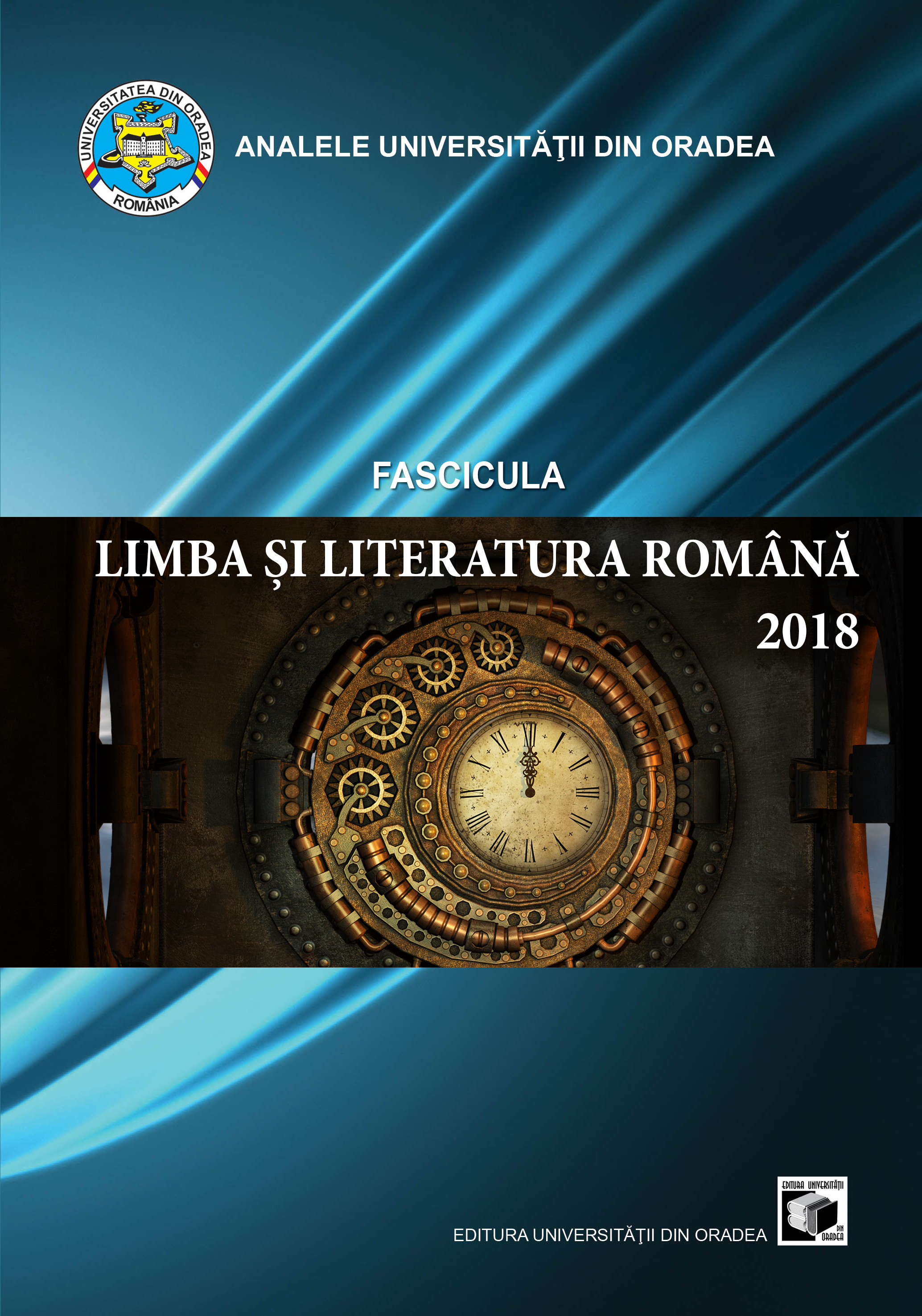MODERNISM AND THE END OF ART’S GRAND NARRATIVE
MODERNISM AND THE END OF ART’S GRAND NARRATIVE
Author(s): Ștefan GaieSubject(s): Fine Arts / Performing Arts, Cultural Essay
Published by: Editura Universitatii din Oradea
Keywords: art; avant-garde; modernism; neomodernism; aesthetic innovation; praxis; art’s autonomy; aesthetic experience; the beautiful;
Summary/Abstract: The living present of the world of art, as reconfigured after the shock administered by avant-garde (the word is implied in its historical sense), constitutes the focus of this article. We attempt to argue that the open missile attack of the avant-garde on art has created such a powerful fissure, challenging the very concept of art in modernist terms, that the only modality to absorb the shock is brought by the inescapable re-invention of the art. In contrast to the modernist artistic style, which was only possible within the autonomous institution of art, the historical avant-garde promotes an exemplary lifestyle, in which aesthetic values replace the plurality of other practices. The historical avant-garde was positive that the road to absolute social freedom passes through creating something "totally different" to autonomous art. This road to absolute liberty and to un-alienated life would go through the aesthetic, social and political transformation of everyday praxis. The destructive, negative, and anarchic dimension of the avant-garde must therefore be seen as being at the service of emancipation over everyday conventionalism. Aesthetic experience has begun to reenter into everyday life, from where modern art expelled it, through the proliferation of representations and artifacts. Thus it has become evident today that the dominant basis for aesthetic experience is no longer art, but a variety of design, architecture, urbanism and media products that are predominantly products of consumer culture such as pop music or various forms entertainment. We have noticed that art is neither the innocent nor the unhappy victim of this torrent of aesthetic things, since modern art has become self-sacrificed in its effort to subordinate the social reality to its own laws and values.
Journal: Analele Universităţii din Oradea Fascicula Limba si Literatura Română (ALLRO)
- Issue Year: 25/2018
- Issue No: 1
- Page Range: 11-22
- Page Count: 12
- Language: English
- Content File-PDF

